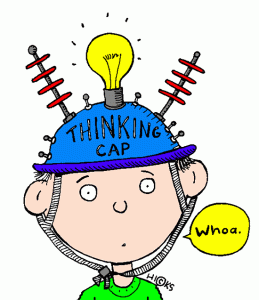Precalculus
A Curve’s Story
By: Kaitlynn Hoehne and Esmeralda Vazquez
“Learning humor is like learning math – practice makes perfect.” – Jim pelly
Content:
Precalculus is the preparation for calculus. The course approaches topics from a function point of view, where appropriate, and is designed to strengthen and enhance conceptual understanding and mathematical reasoning used when modeling and solving mathematical and real-world problems. One of the main goals is to prepare students to find slope that is tangent to the Curve.
Grade Level:
High School: 10th through 12th grade, typically after completion of Algebra II
TEKS:
Precalculus §111.42.
(4) Number and measure. The student uses process standards in mathematics to apply appropriate techniques, tools, and formulas to calculate measures in mathematical and real-world problems. The student is expected to:
(A) determine the relationship between the unit circle and the definition of a periodic function to evaluate trigonometric functions in mathematical and real-world problems;
(B) describe the relationship between degree and radian measure on the unit circle;
(C) represent angles in radians or degrees based on the concept of rotation and find the measure of reference angles and angles in standard position;
(E) determine the value of trigonometric ratios of angles and solve problems involving trigonometric ratios in mathematical and real-world problems;
(F) use trigonometry in mathematical and real-world problems, including directional bearing;
(I) use vectors to model situations involving magnitude and direction;
(2) Functions. The student uses process standards in mathematics to explore, describe, and analyze the attributes of functions. The student makes connections between multiple representations of functions and algebraically constructs new functions. The student analyzes and uses functions to model real-world problems.
(G) graph functions, including exponential, logarithmic, sine, cosine, rational, polynomial, and power functions and their transformations, including af(x), f(x) + d, f(x – c), f(bx) for specific values of a, b, c, and d, in mathematical and real-world problems;
(H) graph arcsin x and arccos x and describe the limitations on the domain;
(P) determine the values of the trigonometric functions at the special angles and relate them in mathematical and real-world problems.
